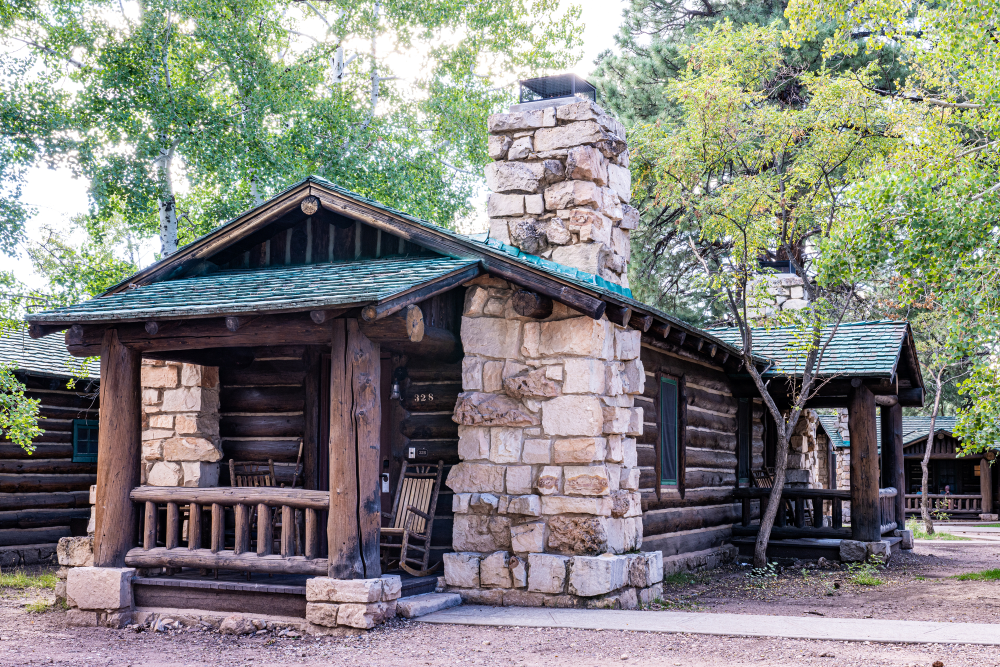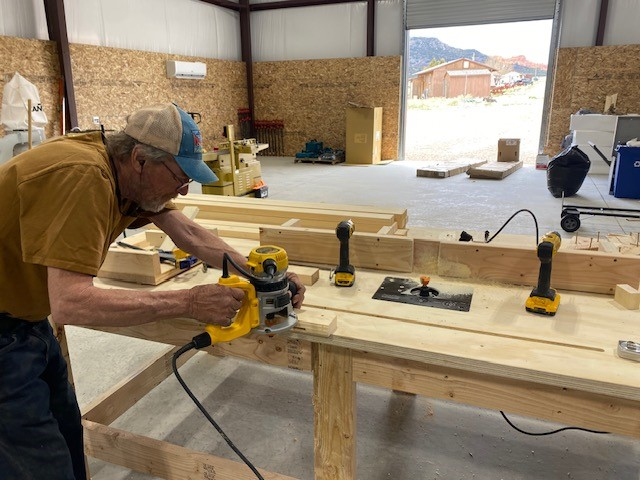 03 May 2025
03 May 2025

Aramark Destinations, known for creating authentic and unforgettable experiences at destinations across the United States, is leading the development of a new Historic Preservation Center (HPC), centrally located to support renovation projects at Bryce Canyon, Grand Canyon North Rim and other public lands. As a first-of-its-kind facility in the National Park Service concessioner space, this 4,000-square-foot facility, equipped with advanced carpentry tools, serves as a hub to train carpenters, painters, masonry experts, and historians.
The grand opening of the HPC on May 6, 2025, marks a major milestone in Aramark's commitment to preserving and enhancing the many national park lodges it operates. Several of which are protected as National Historic Landmarks and represent some of the nation's most historically significant public lands and lodging properties. The facility is dedicated to assessing, restoring, and replicating historic architectural elements from treasured sites.
"The opening of the Historic Preservation Center is a testament to our steadfast dedication to preserving the rich heritage and infrastructure of America's national parks, forests, and public lands,” said Sasha Day, President and CEO of Aramark Destinations. “By empowering our teams with cutting-edge tools and comprehensive training, we are ensuring that America's treasured sites can be enjoyed by future generations. This immense undertaking not only honors the past but also embraces sustainable practices for a brighter, more resilient future."

Under the leadership of Historic Preservation Center Manager Richard Smith, and Destinations Director of Capital Programs Matthew Webber, the center aims to rehabilitate park assets on-site while also providing training for park teams.
Smith, a master woodworker, carpenter, and accomplished mason with decades of experience, has worked on historical landmarks such as the Abraham Lincoln Library and Museum and the Frank Lloyd Wright-designed Dana Thomas House. Smith works closely with National Park Historic Architects, upholding the unique “parkitecture” design principles that harmonize buildings with their natural surroundings, a style celebrated across the NPS as National Park Rustic.
Previously, Smith worked at Grand Canyon South Rim where he directed efforts to maintain, restore, and recreate intricate elements of the park's historic structures in accordance with Historical Guidelines and Standards. Smith introduced innovative techniques and methods by constructing new doors and sashes using historically correct mortise and tenon assembly. He received high praise for improving site plan drawings using AutoCAD drawings.
Webber has been instrumental in developing Aramark's Destinations Construction Project Management team, with a focus on maintaining architectural integrity.

"With my background in architecture and construction, I'm excited to contribute to the development of the HPC,” said Webber. “Being part of a team that supports the broader mission of the National Park Service and helps preserve historic assets for visitors to experience is incredibly rewarding.”
One of the first projects for the HPC team is to repair historic aspects of the Grand Canyon Lodge's Western Cabins. Designed in 1926 by renowned national park architect Gilbert Stanley Underwood, the Grand Canyon Lodge is a designated National Historic Landmark for its association with “Architecture in the Parks”. This is the highest historic designation available in the United States, as it is the most intact rustic hotel development from its era remaining in a national park.
Ideally situated along the North Rim, the lodge offers breathtaking views of the canyon and represents classic national park lodge architecture. The HPC team is thrilled to work alongside the National Park Service to preserve this historic site, ensuring future generations can enjoy a peaceful and scenic retreat while exploring one of the world's greatest natural wonders.
Aramark's dedication to the National Park Service's mission to preserve public lands is evident in its efforts to deliver essential services needed to operate these sites efficiently and effectively.


